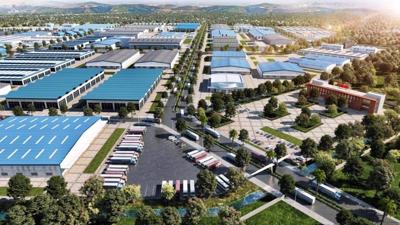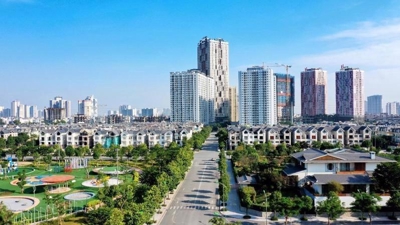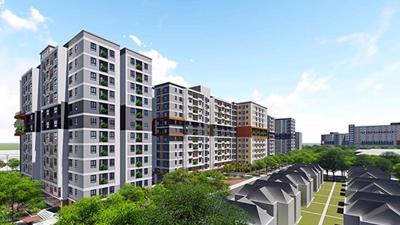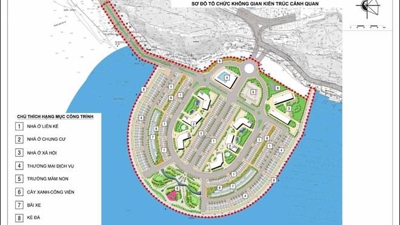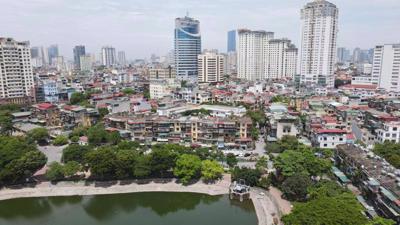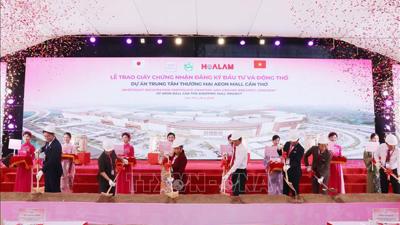Cushman & Wakefield: Northern Vietnam capable of becoming ‘extended arm’ of global factory
Vietnam’s north is considered to have great potential for economic development and is part of the supply chain of a great number of international manufacturing ‘giants’.

According to real estate services provider Cushman & Wakefield, industrial parks in Vietnam’s north received a wave of investment from global electronics enterprises from very early on.
With so many high-tech, electronic manufacturers choosing the north as their base, a wave of auxiliary product manufacturers followed to cater to these “giants”. By 2022, the total number of Tier 1 and 2 Vietnamese suppliers to Samsung was 250, of which 52 were Tier 1 - a major increase from just four in 2014.
As infrastructure development is being prioritized by the government, the north currently has 13 highways connecting provinces to Hanoi, with a total length of 895.8 km.
The north also has six railway lines. The road network acts as the main connection for the transport network between industrial parks, airports, seas, border gates, and important traffic hubs. Under road network planning for 2021-2030, it is expected that the north will have 14 expressways with a total length of about 2,300 km.
The north saw the strongest increase in exports through seaports in the country from 2017 to 2021, of 154 per cent.
In addition to road, railway, and seaport networks, the north also has an inland waterway network.
It also has seven commercial airports. Other airports are currently receiving investment to increase passenger capacity and cater to direct flights and welcome more passengers and investors to Vietnam.
“With favorable geographical features, coupled with strong investment in infrastructure and a series of policies to promote investment from the government, the north of Vietnam has what it takes for ‘queen bees’ to nest and further contribute to Vietnam’s GDP,” said Ms. Trang Bui, General Director of Cushman & Wakefield.
In addition, in recent years, Vietnam has been pushing to grow large private enterprises in the processing and manufacturing industry (midstream), as this is the driving force for the economy and its further participation in the global value chain.
“Domestics companies are pushing for growth and increasing investment, and this signals a great ‘turning point’ for the domestic manufacturing sector, especially in electronic technology,” Ms. Trang Bui added. “The northern region is poised to grasp the opportunity to enhance manufacturers’ supply chain value and increase regional GDP.”
The total supply of industrial land in the north stands at 13,600 ha, with the average rent per sq m per rental cycle in Hanoi being $139, Bac Ninh $130, Hai Phong $121, Vinh Phuc $113, Hung Yen $112, Hai Duong $98, and Quang Ninh $90.
Ready-built factories and ready-built warehouses have also received a significant amount of investment, as domestic investors have begun to participate in the development of modern factories and high-quality products, to the same level as international investors and at competitive prices.
“As the global manufacturing industry is looking to diversify its supply chain to avoid dependence on one country, along with favorable geographic conditions and attractive investment policies, the north of Vietnam is fully capable of becoming an ‘extended arm’ of the global factory and a global center for the production of electronic components,” she noted.


